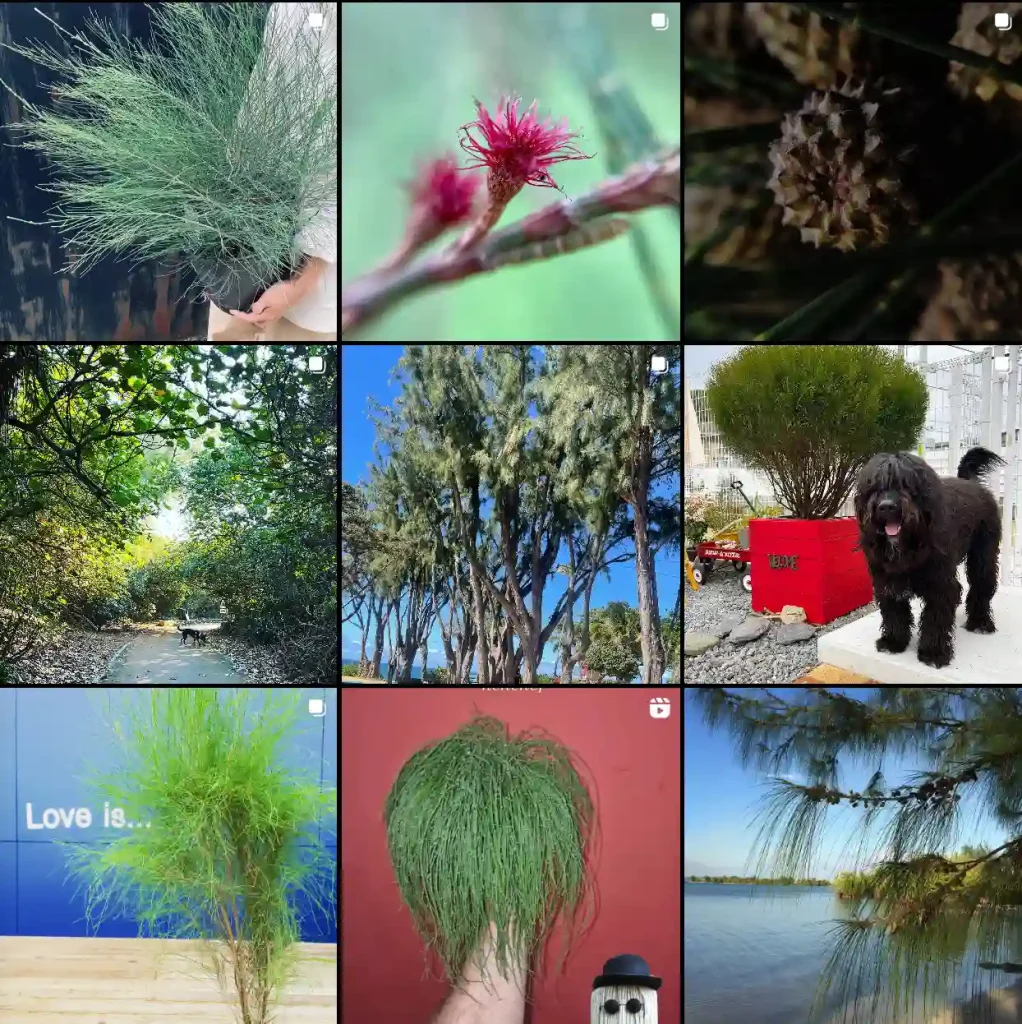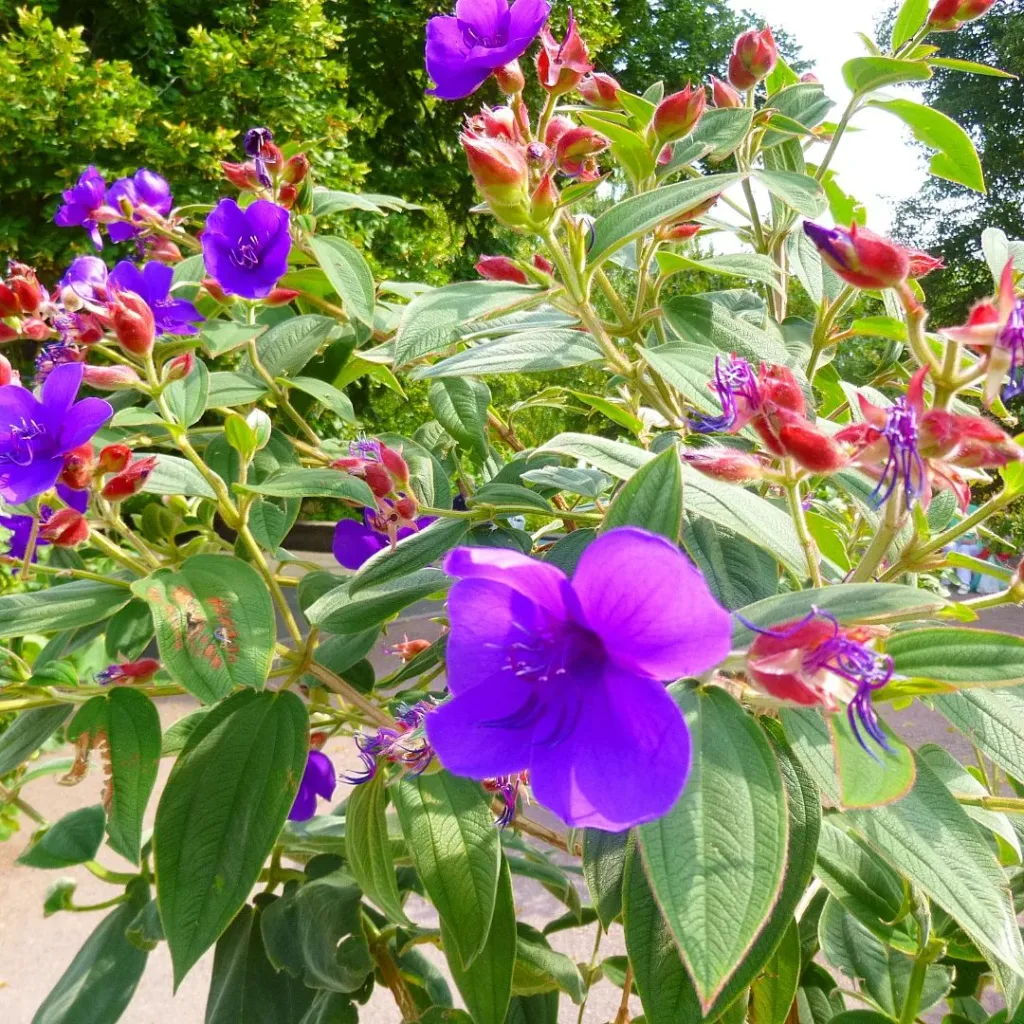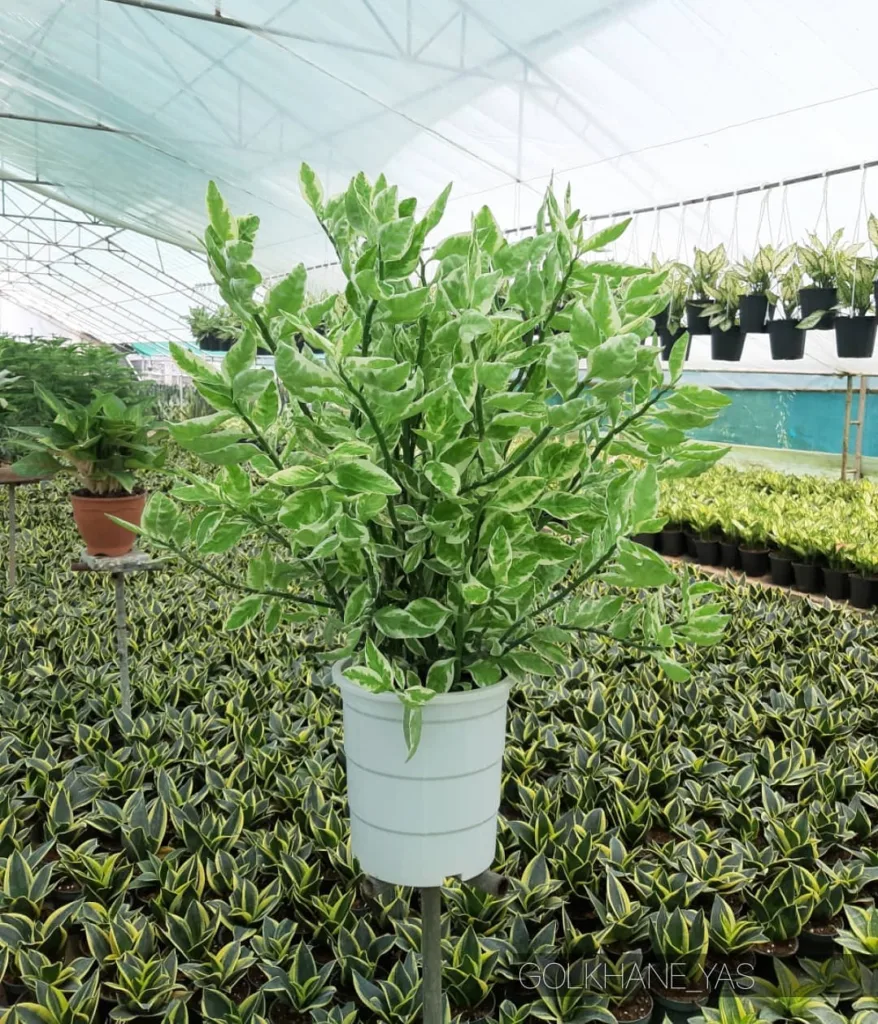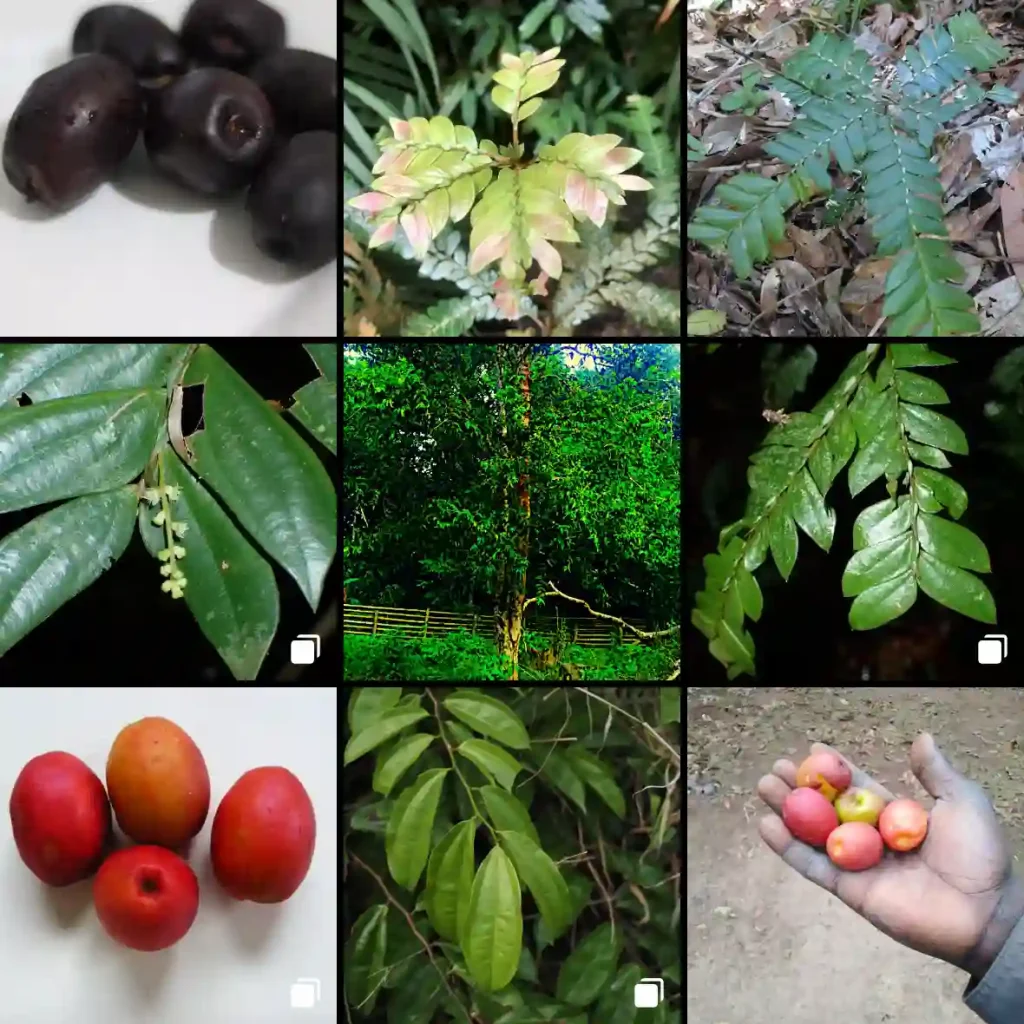Ferocactus: My Namesake and a Prickly Passion
As Ferb Vu, I’ve always had a certain affinity for the genus Ferocactus from Cactaceae family. Maybe it’s the shared name, or maybe it’s their striking appearance, but these barrel cacti have always fascinated me. They’re tough, resilient, and undeniably cool. Native to the southwestern United States and northwestern Mexico, they thrive in harsh desert environments where most other plants would wither. And with their impressive spines and unique forms, they’re a sight to behold.
A World of Spines
One of the things that makes Ferocactus so captivating is the sheer diversity within the genus. Each species has its own distinct character, with variations in size, shape, spine color, and flower hue. Here are fascinating species that make up this diverse genus:
- Ferocactus wislizeni (Fishhook Barrel Cactus): This is one of the most common and recognizable species, with its characteristic hooked spines and bright red or yellow flowers.
- Ferocactus glaucescens (Glaucous Barrel Cactus): This species stands out with its blue-green stems and contrasting yellow spines.
- Ferocactus emoryi (Coville’s Barrel Cactus): Known for its long, reddish-brown spines and large, yellow flowers.
- Ferocactus gracilis (Fire Barrel Cactus): This species boasts numerous closely spaced ribs and fiery red spines, hence the name.
- Ferocactus peninsulae (Peninsula Barrel Cactus): This cactus is notable for its large size and dense covering of spines.
- Ferocactus viridescens (Green-Flowered Barrel Cactus): As the name suggests, this species is unique for its greenish-yellow flowers.
- Ferocactus latispinus (Devil’s Tongue Barrel Cactus): This cactus is known for its wide, flattened spines that resemble a devil’s tongue.
- Ferocactus acanthodes (Lem.) Britton & Rose
- Ferocactus alamosanus (Britton & Rose) Britton & Rose
- Ferocactus chrysacanthus (Orcutt) Britton & Rose
- Ferocactus diguetii (F.A.C.Weber) Britton & Rose
- Ferocactus echidne (DC.) Britton & Rose
- Ferocactus flavovirens (Scheidw.) Britton & Rose
- Ferocactus fordii (Orcutt) Britton & Rose
- Ferocactus haematacanthus (Monv. ex Salm-Dyck) Bravo ex Backeb. & F.M.Knuth
- Ferocactus hamatacanthus (Muehlenpf.) Britton & Rose
- Ferocactus herrerae J.G.Ortega
- Ferocactus histrix (DC.) G.E.Linds.
- Ferocactus johnstonianus Britton & Rose
- Ferocactus lindsayi Bravo
- Ferocactus macrodiscus (Mart.) Britton & Rose
- Ferocactus mathssonii (A.Berger ex K.Schum.) N.P.Taylor
- Ferocactus pilosus (Galeotti ex Salm-Dyck) Werderm.
- Ferocactus pottsii (Salm-Dyck) Backeb.
- Ferocactus robustus (Otto ex Pfeiff.) Britton & Rose
- Ferocactus santa-maria Britton & Rose
- Ferocactus schwarzii G.E.Linds.
- Ferocactus tiburonensis (G.E.Linds.) Backeb.
- Ferocactus townsendianus Britton & Rose
- Ferocactus uncinatus (Galeotti) Britton & Rose
More Than Just Looks
But Ferocactus is more than just a pretty face (or should I say, a prickly face?). These cacti have evolved some remarkable survival strategies to cope with the harsh desert conditions. Their barrel shape, for example, allows them to store water efficiently, while their dense spines provide shade and protection from the scorching sun. Some species even have hooked spines that help them to disperse their seeds by attaching to passing animals.
And let’s not forget the flowers! Despite their intimidating exterior, Ferocactus produce beautiful blooms in a variety of colors, from yellow and orange to red and purple. These flowers attract pollinators like bees and birds, ensuring the continuation of these magnificent plants.
A Personal Connection
As someone who shares a name with this incredible genus, I feel a certain responsibility to learn as much as I can about these fascinating plants. I’m constantly amazed by their resilience, their adaptability, and their sheer beauty. And I believe that we can all learn something from these desert survivors. They teach us about the importance of perseverance, the beauty of diversity, and the power of adaptation.
So the next time you encounter a Ferocactus, take a moment to appreciate its unique character and the incredible story it tells. These cacti are a testament to the wonders of nature and a reminder that even in the harshest environments, life finds a way to thrive.
If i die, water my plants!



